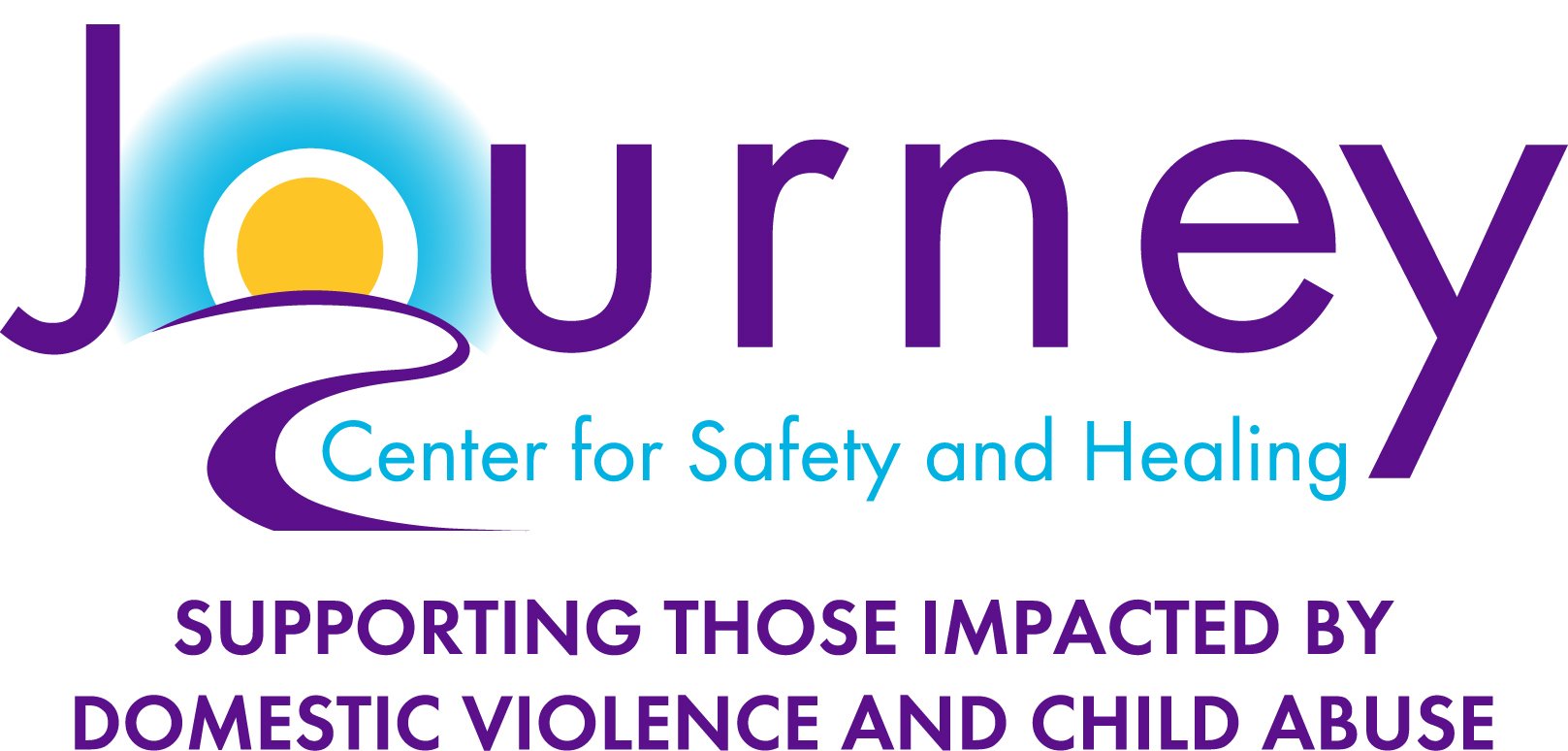Let's Talk: What is Child Abuse?
During April, Journey Center recognizes Child Abuse Prevention Month (CAPM). This month highlights the importance of working together as a community to increase awareness about child and family well-being and work together to support families and prevent child abuse and neglect.
Child abuse and neglect are serious public health issues that affect millions of children each year. According to the Centers for Disease Control and Prevention (CDC), at least 1 in 7 children have experienced child abuse or neglect in the past year in the United States.
Child abuse is when a parent or caregiver, whether through action or failing to act, cause injury, death, emotional harm, or risk of serious harm to a child. There are many forms of child abuse including: neglect, physical abuse, sexual abuse, , and emotional abuse. For children, the effects of abuse can have lasting impacts on their physical and mental health.
Physical abuse: the non-accidental physical injury of a child; or the inadvertent result of physical punishment or physically aggressive treatment of a child.
Sexual abuse: any act of a sexual nature upon or with a child for the sexual gratification of the perpetrator or a third party, including anyone who allowed or encouraged it.
Emotional abuse: includes chronic attitudes or acts which interfere with the psychological and social development of a child; or when a parent or caregiver harms a child’s mental and social development, or causes severe emotional harm.
Neglect: any child-rearing practice which is essentially inadequate or dangerous; or the failure to act on behalf of the child; not providing the care, supervision, affection, and support needed for a child’s health, safety and well-being.
While abuse and neglect occur in all types of families, children are at a much greater risk in certain situations, including:
Domestic violence
Alcohol and drug abuse
Stress and lack of support
Untreated mental illness
Children living in poverty experience more abuse and neglect. Rates of child abuse and neglect are 5 times higher for children in families with low socio-economic status compared to children in families with higher socio-economic status.
It is important to identify the warning signs that a child is being abused. It is also helpful to understand the causes and consequences of abuse.
Children who are impacted by abuse and neglected may suffer immediate physical injuries, and they may have emotional and psychological problems, such as anxiety or posttraumatic stress. Long term, children who are abused or neglected are also at increased risk for experiencing future violence victimization and perpetration, substance abuse, sexually transmitted infections, delayed brain development, lower educational attainment, and limited employment opportunities.
Everyone benefits when children have safe, stable, nurturing relationships and environments. Child abuse and neglect are preventable.
We are always here for you when you need to talk. Call or text our 24-Hour Helpline: 216.391.4357 (HELP) or live chat.
